Corcovado National Park is one of the largest national parks in Costa Rica. It occupies around two thirds of an entire peninsula on the west coast of Costa Rica. Thanks to its size, it is also home to large cats of prey, which are otherwise not necessarily found in the smaller national parks. We are not expecting to see a puma, but a very wild and large national park does raise our expectations somewhat. The fact that you can only enter the national park with a guide and that the guides are relatively expensive also contributes to higher expectations.
But first we have to get there. As Corcovado National Park can be reached from two places, we decide to take the more difficult route to the more beautiful of the two: Drake Bay.
Approach and wild camping under coconut palms
The journey to the small coastal town of Drake Bay turns out to be more difficult than expected due to our choice of route. Firstly, we want to take the very simple ferry in Sierpe. This works, but disembarking is difficult as we get stuck in the soft riverbed with our weight on the first attempt. The second time, with momentum and confidence in the mechanics of our van, we manage to get off the boat on the other bank of the river. So, the first hurdle has been overcome. Now there are only 47 km of unpaved road with steeper or less steep hills.
We make slow but steady progress, depending on the terrain. With that 47 km can quickly take almost three hours. And that’s only if everything goes smoothly. And finally, the scary moment: the last steep climb before Drake Bay is in particularly bad condition for our fully loaded van with rear-wheel drive only, with lots of loose rubble. We also have our moment of shock on the first attempt: we get stuck in the middle of the slope after about a third and slide backwards down the steep road for a while. It is impossible to get going again, we only manage to get back (with difficulty) to start a second attempt. At around 40 km, a bypass is only a plan C or D and not necessarily the most tempting option so close to the finish. After a thorough inspection of the passage in question and encouragement from locals, including a real plan B – there might be a tractor in the village that could pull us up if we don’t make it – we try again. Both eyes closed, the line over the scree exactly as planned and in first gear with plenty of momentum, this passage also works. Next time we’ll look twice before we drive into a place like this!
The spot in Drake Bay makes up for all the thrills of the journey. We are perfectly positioned right by the sea under coconut palms. In two steps we are in the sea and from our campervan Ben we can constantly see the view over the bay with the boats. Okay, perfect until two coconuts fall on our car during the third night. Now even Ben knows that coconuts are heavy and hard. Two coconuts result in two dents on the roof. Fortunately, nothing functional is damaged, such as a roof window or solar panel. As this is the first damage to the roof since we started and it is not visible from “below”, we can leave everything as it is. For the next time: don’t park under coconuts, even if the palm trees provide pleasant shade!
Corcovado National Park
We are only in Drake Bay, a place with a little tourism as a starting point, to set off for the national park. From here, the Sirena ranger station is another 1 hour 15 minutes away by boat. Accordingly, we have to book a tour including a guide. In any case, this national park can only be visited with a guide. As fast as we got the idea, we have booked our tour already. The tour starts exceptionally late at 08:30. We would expect to see most of the animals in the early hours of the morning. But well, it turns out why the start wasn’t necessarily earlier: the groups all walk the same two short routes, stop at the station in the park for lunch and then it’s almost time to head back to the boat. The animals are more or less passed on to all the groups by the various guides. We do manage to see a few animals: We pass the sleeping place of a tapir, various groups of monkeys cross our path and we can see a toucan really close up and later in flight. This is impressive, but with so many people around us, it’s not much different from a visit to the zoo. Only the enclosures are missing. A snake is devouring its lunch: A frog. And a large crowd quickly forms around the snake to watch the spectacle. All in all, we would have liked the groups to be better spread out so that the experience was closer to nature. For a hefty price of 115 US dollars per person, we can only recommend the national park to a very limited extent. All in all, we had really hoped for more from this national park, but as always, great expectations can also lead to great disappointment – so it’s better to start an adventure with little or no expectations.
With this very well-known Costa Rican national park, we bid farewell to the country. All in all, we really enjoyed Costa Rica. We feel safe here and, to our surprise, you can even drink the tap water in this country, with a subtle chlorine smell! A luxury after the other Central American countries. With our camper, we are fortunately able to avoid the main streams of tourists, so that we don’t come into contact with the mass tourism that is so prevalent. If we had been backpacking in hostels and hotels, this would at best have clouded our impressions of Costa Rica. But this way: We are happy to have spent almost a whole month in Costa Rica!
See you soon from the next country on the Panamericana heading south – already the last country in Central America before heading to South America!
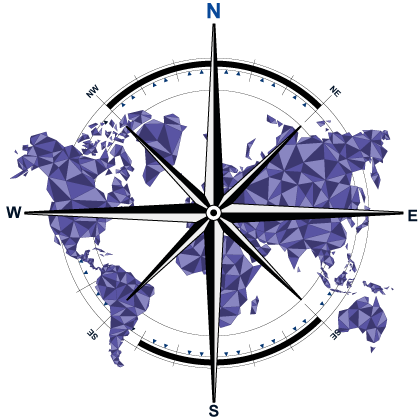




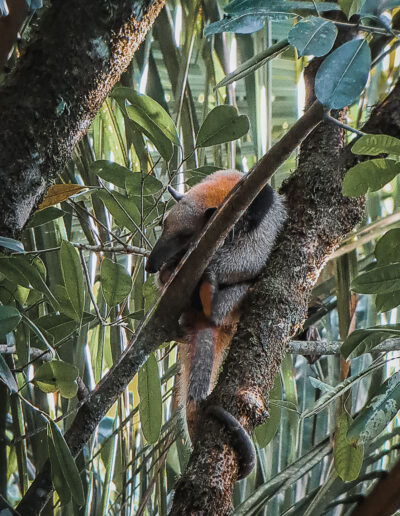
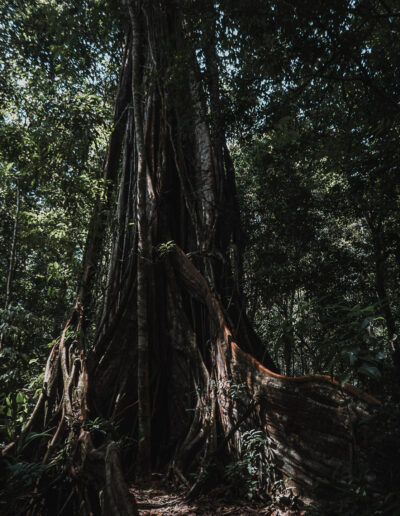
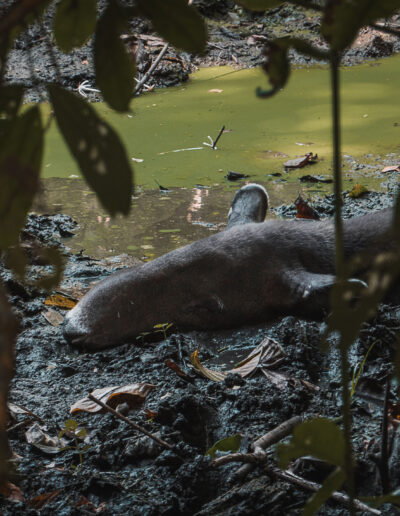



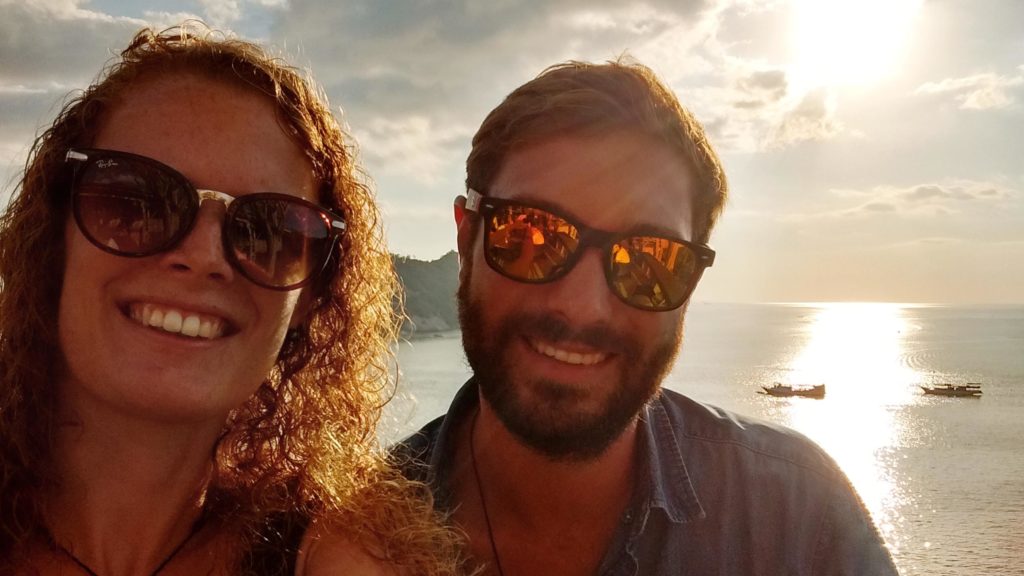
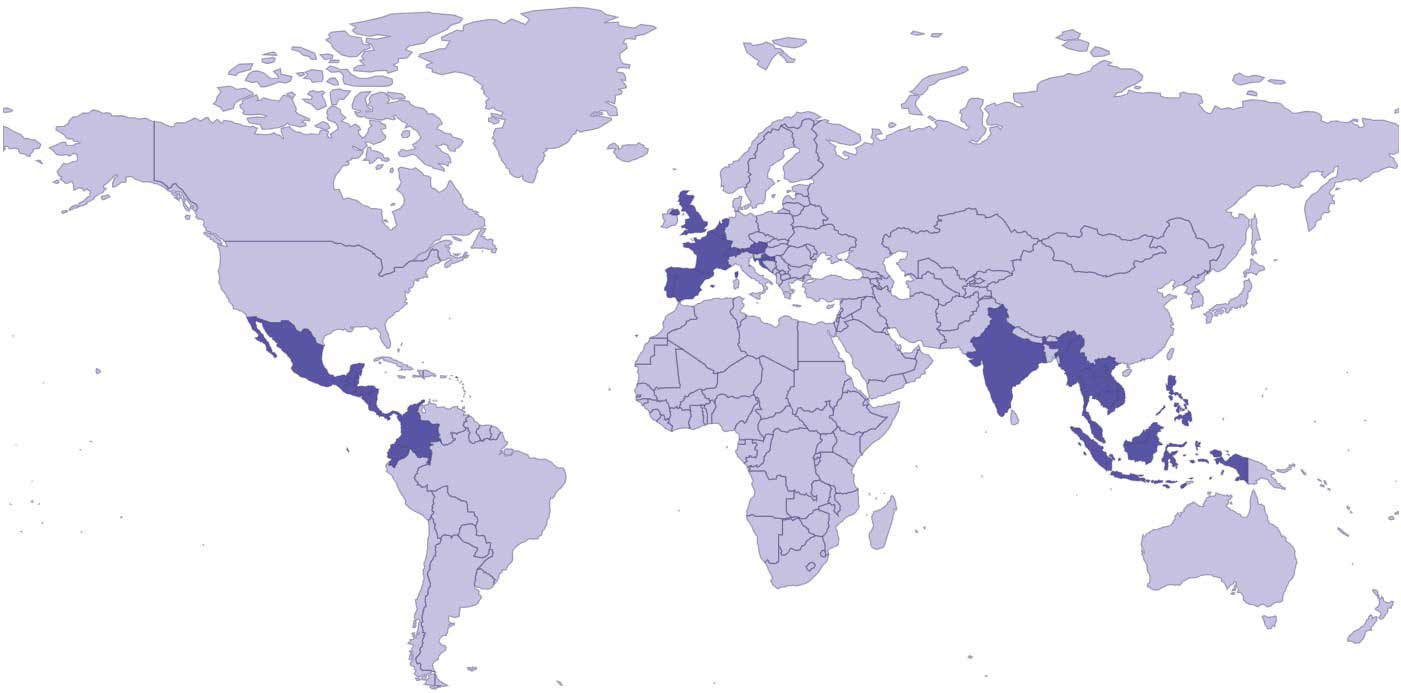
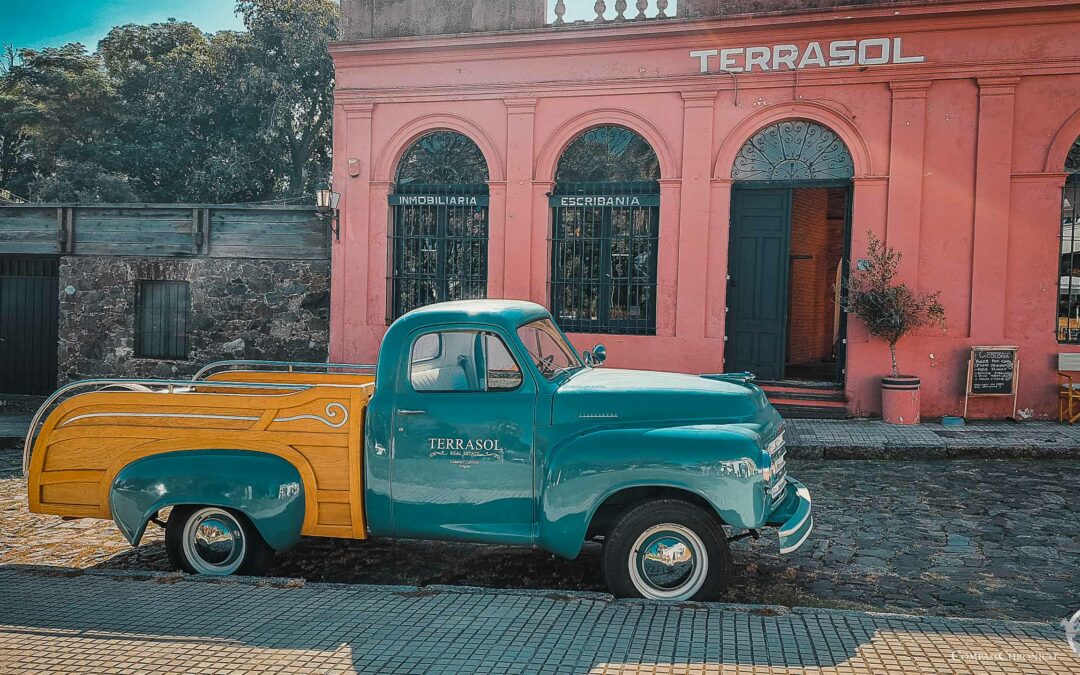
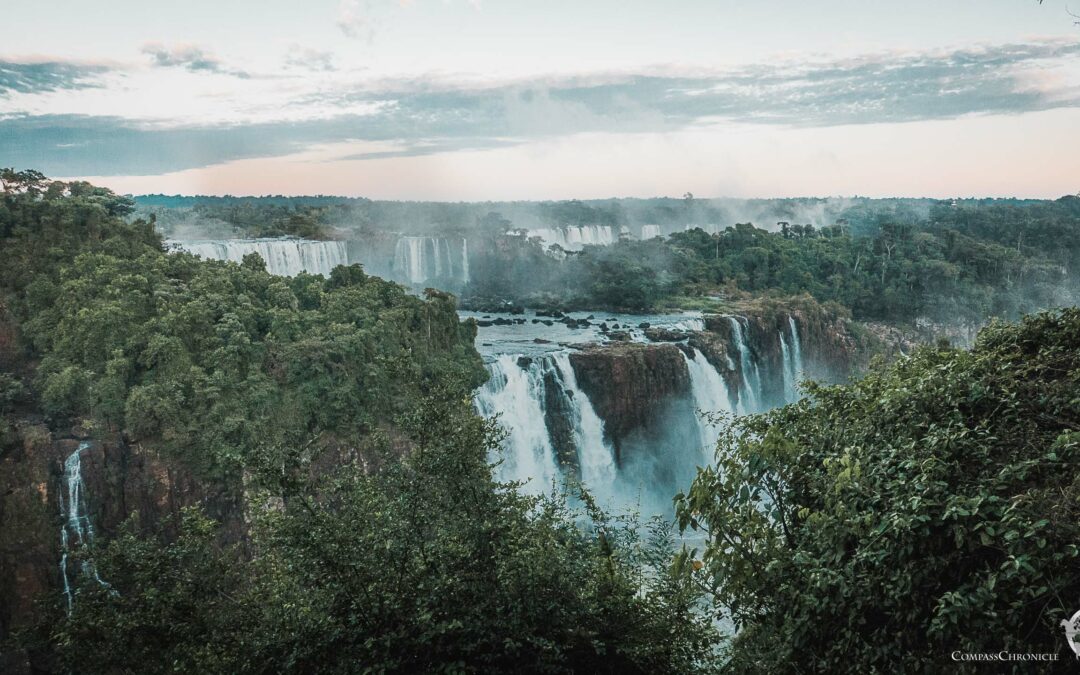

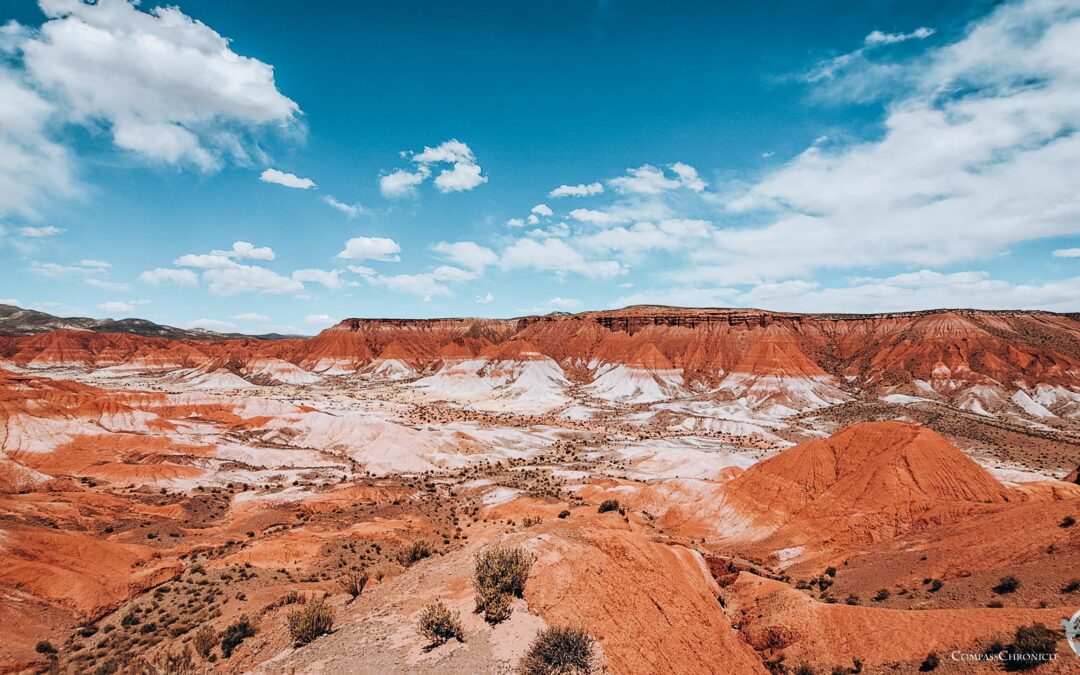
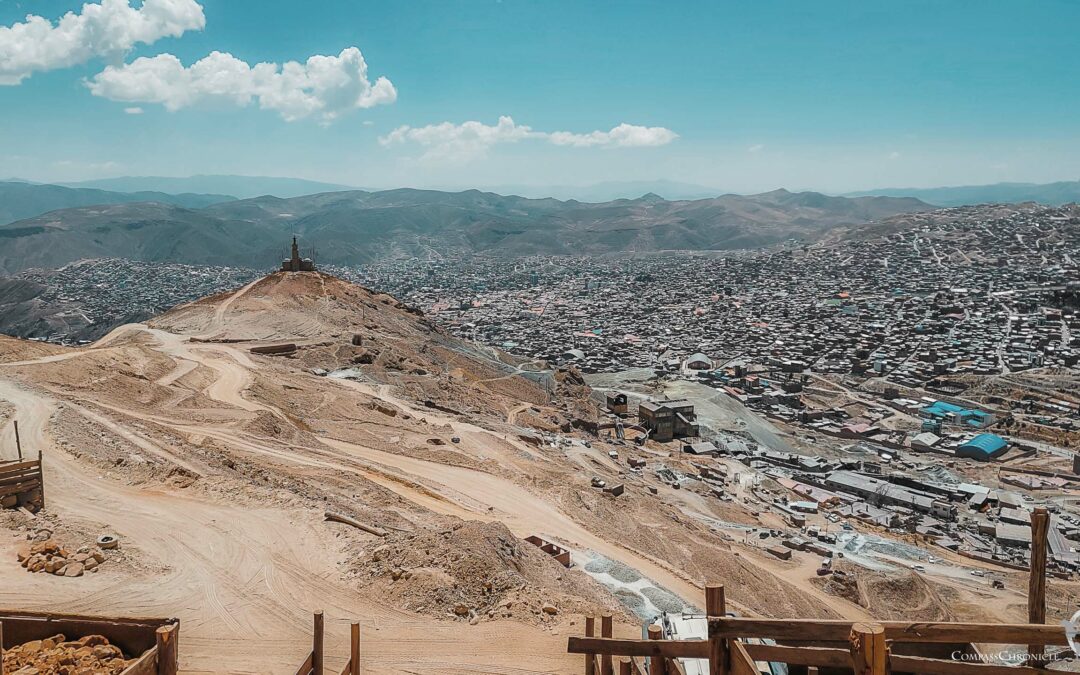
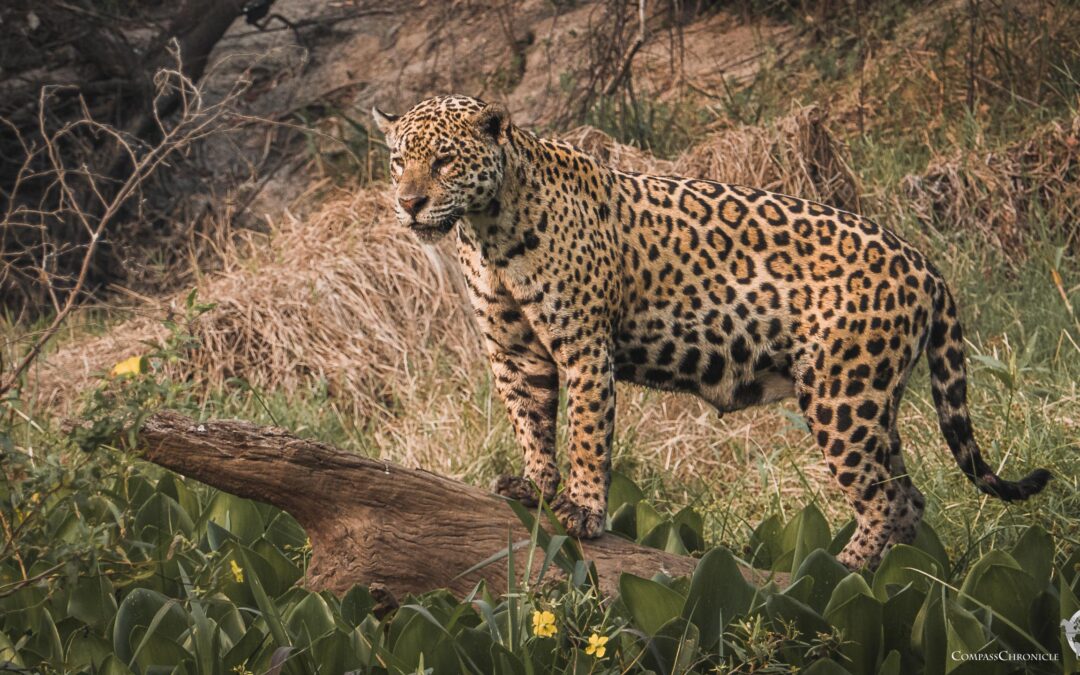
0 Comments